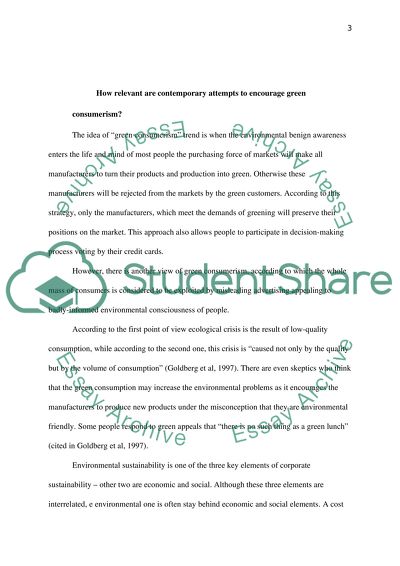Cite this document
(“How relevant are contemporary attempts to encourage 'green Essay”, n.d.)
Retrieved from https://studentshare.org/environmental-studies/1415931-how-relevant-are-contemporary-attempts-to
Retrieved from https://studentshare.org/environmental-studies/1415931-how-relevant-are-contemporary-attempts-to
(How Relevant Are Contemporary Attempts to Encourage 'Green Essay)
https://studentshare.org/environmental-studies/1415931-how-relevant-are-contemporary-attempts-to.
https://studentshare.org/environmental-studies/1415931-how-relevant-are-contemporary-attempts-to.
“How Relevant Are Contemporary Attempts to Encourage 'Green Essay”, n.d. https://studentshare.org/environmental-studies/1415931-how-relevant-are-contemporary-attempts-to.


